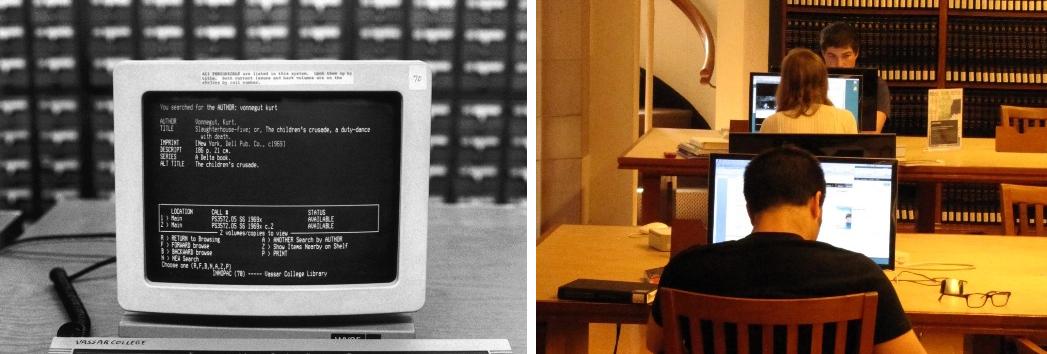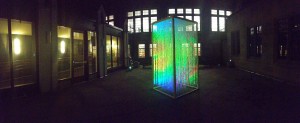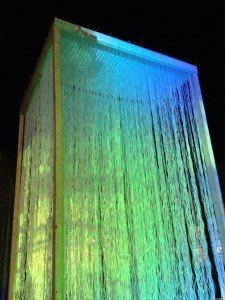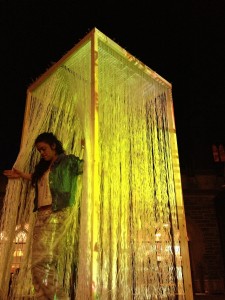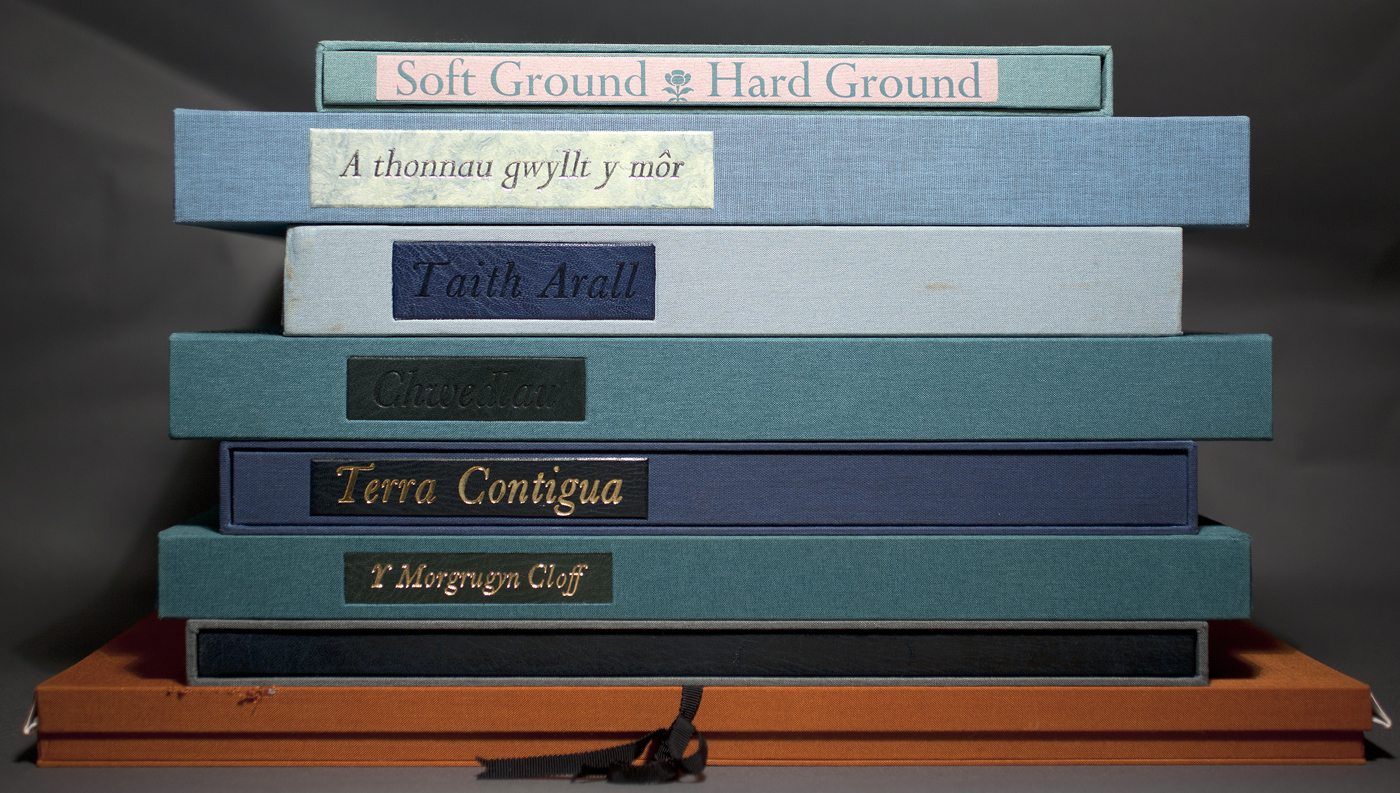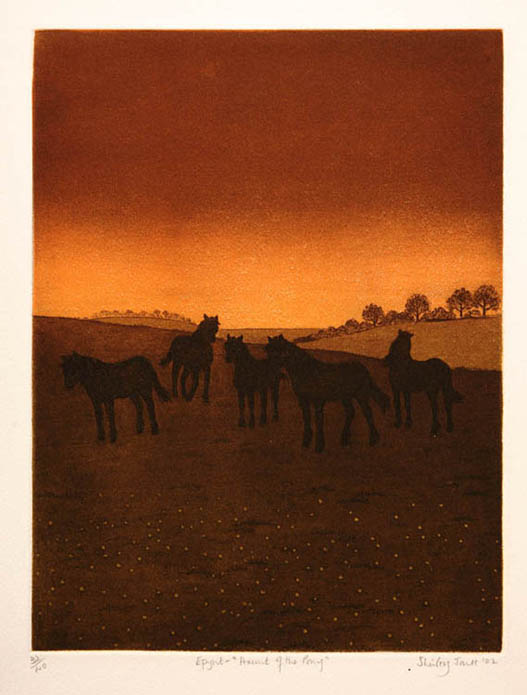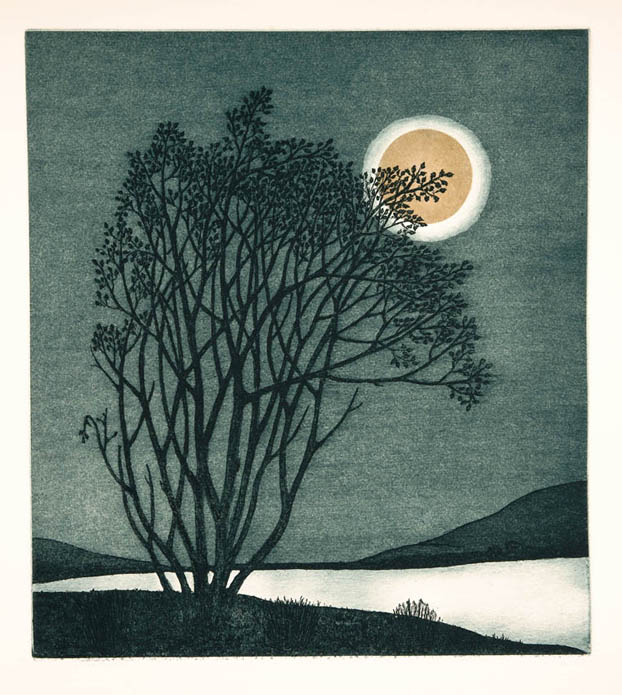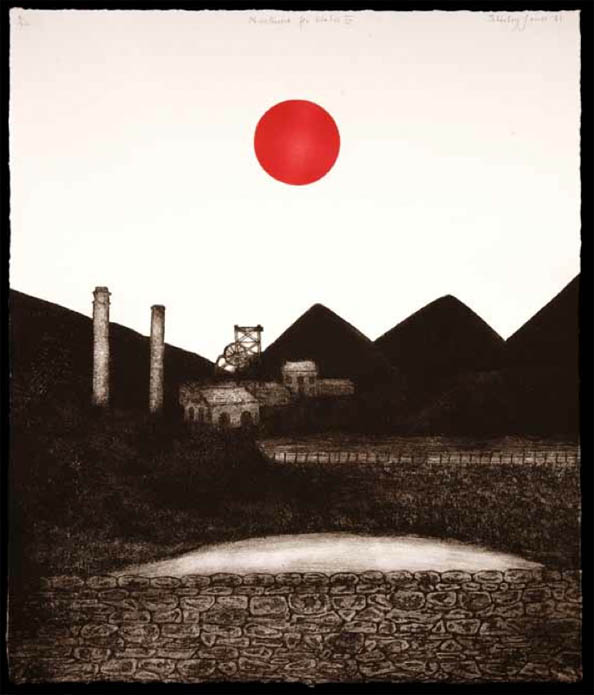We’re so excited to welcome back our alums this weekend. There are so many fabulous events planned it will be hard to choose among them, but don’t forget to stop by the Library!  Come in and visit with the Lady Cornaro, sit in your favorite study spot, and see all the changes that have happened since you left. Did you use a card catalog when you were here? Did the librarians all wear cardigans and glasses? Well, there is still a remnant of the old card catalog in the building (see if you can find it!), and we do still wear glasses and sweaters. Well, some of us do – it’s chilly in here and contacts are annoying! But many other things have changed, so come on in, chat up a librarian or two, and take a walk down Biblio-memory Lane. And if you get a chance, drop in on one of our official presentations. Ron Patkus will be talking about the Special Collections Adopt a Book Program, and Gretchen Lieb will be talking about her archival research on the lives of Lucy Maynard Salmon and her partner (and librarian!) Adelaide Underhill.
Come in and visit with the Lady Cornaro, sit in your favorite study spot, and see all the changes that have happened since you left. Did you use a card catalog when you were here? Did the librarians all wear cardigans and glasses? Well, there is still a remnant of the old card catalog in the building (see if you can find it!), and we do still wear glasses and sweaters. Well, some of us do – it’s chilly in here and contacts are annoying! But many other things have changed, so come on in, chat up a librarian or two, and take a walk down Biblio-memory Lane. And if you get a chance, drop in on one of our official presentations. Ron Patkus will be talking about the Special Collections Adopt a Book Program, and Gretchen Lieb will be talking about her archival research on the lives of Lucy Maynard Salmon and her partner (and librarian!) Adelaide Underhill.
ADOPT A BOOK – CONSERVING TREASURES IN THE VASSAR LIBRARY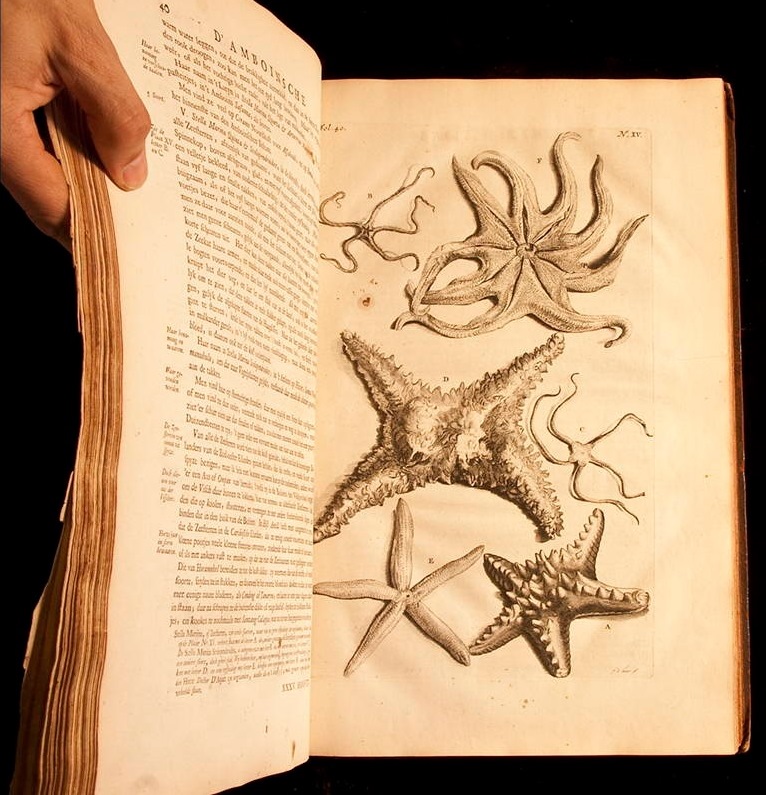
Friday, 3-4, Main Library, Special Collections
Presentation by Ron Patkus, Head of Special Collections and Adjunct Associate Professor of History, on the Adopt-a-Book Program, which provides conservation treatment for fragile and damaged items in the Archives and Special Collections Library. Come to see some of our ailing treasures and hear more about how we plan to preserve them for Vassar’s current and future scholars.
LUCY MAYNARD SALMON AND ADELAIDE UNDERHILL: LIVES OUT OF THE ARCHIVE
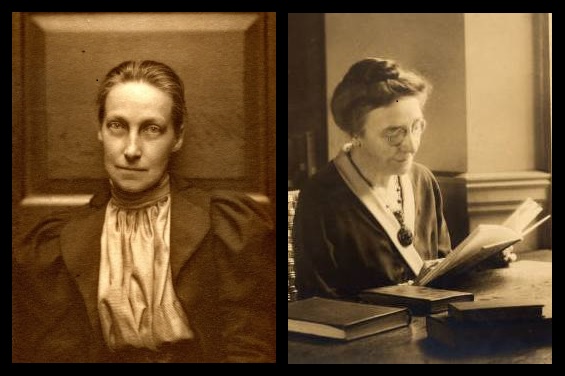 Saturday, 3-4, Rocky 203
Saturday, 3-4, Rocky 203
A presentation by Gretchen Lieb, Reference Librarian, featuring selected materials that focus on the partnership between Lucy Maynard Salmon and Adelaide Underhill, two important women in the early years of Vassar College, and the way that their relationship informed, shaped and sustained their work and their lives.
GENERAL HOURS
Thompson Memorial Library / Archives & Special Collections
Friday, 8:30 am – 4:30 pm
Saturday, 9:00 am – 5:00 pm
Sunday, 9:00 am – 12:00 noon
Art Library
Friday, 8:30 am – 4:30 pm
Saturday, 9:00 am – 5:00 pm
Sunday, 9:00 am – 12 noon
Music Library
Friday, 1:00 pm – 4:00 pm
Saturday, 10:00 am – 5:00 pm
CLOSED on Sunday

